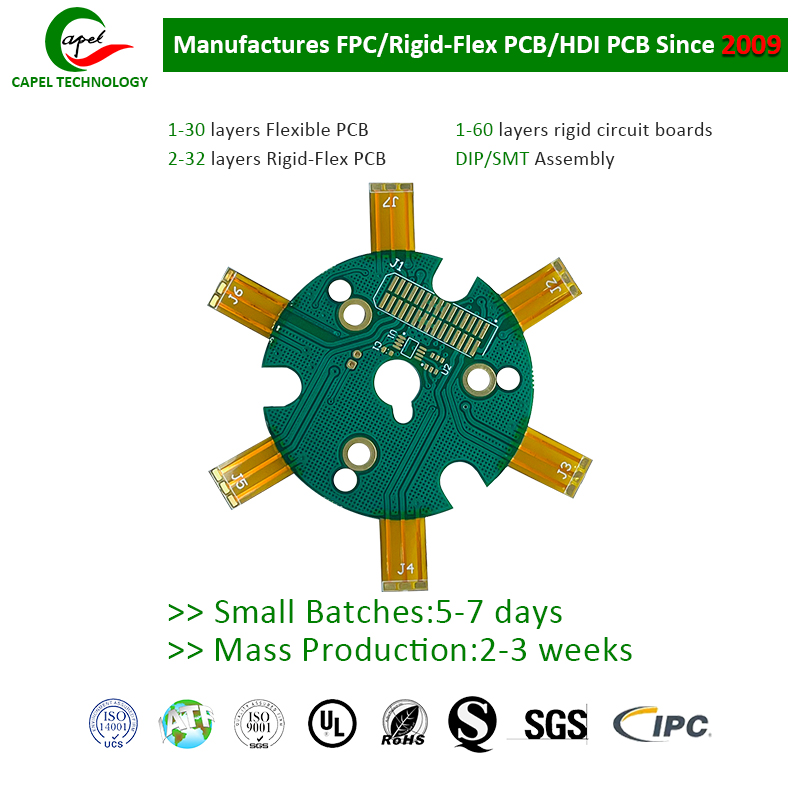In this blog, we will explore the factors that affect rigid and flexible PCB costs to upgrade your circuit board production and optimize your circuit board production costs.
Printed circuit boards (PCBs) are an integral part of nearly all electronic devices we use today. Be it our smartphones, laptops, or even home appliances, PCBs play a vital role in providing connectivity and powering these devices. However, PCB manufacturing costs can vary depending on a variety of factors.
Design complexity:
One of the major factors affecting PCB cost is design complexity. The more complex the design, the higher the manufacturing cost. Complex designs often require advanced and complex circuitry, which requires specialized manufacturing techniques and additional time. Therefore, design complexity must be considered when estimating PCB cost.
Material selection:
Another key factor affecting PCB cost is material selection. Rigid PCBs are typically constructed using FR-4, a widely used flame-retardant material with good thermal and electrical properties. However, there are differences in the quality and thickness of FR-4, which can affect the overall cost of the PCB. Flexible PCBs, on the other hand, use flexible substrate materials such as polyimide. These materials are more expensive than FR-4, resulting in a higher cost for flexible PCBs.
Board size and number of layers:
The size and number of layers of a PCB also play an important role in determining its cost. Larger boards or boards with more layers require more materials and production time, resulting in increased costs. Additionally, manufacturing larger boards may require specialized equipment and facilities, further impacting overall costs. It is critical to balance size and layer requirements with required functionality to optimize cost.
Component density:
The density of components on a PCB directly affects its manufacturing cost. Higher component density means more components are packed into smaller spaces, resulting in more complex routing and smaller traces. Achieving high component density often requires advanced manufacturing techniques such as microvia drilling and stacked vias, which increases the overall cost of the PCB. Therefore, it is important to strike a balance between component density and cost to ensure optimal functionality without compromising too much on price.
Number of holes:
Drilling holes are an important part of PCB manufacturing as they facilitate the connection of different layers and component mounting through vias. The number and size of drilled holes significantly affects manufacturing costs. Drilling holes large and small, blind or buried vias, and microvias all result in increased costs due to the additional time and complexity required by the drilling process. To maintain a balance between functionality and cost, the number and type of drill holes must be carefully considered.
Surface treatment:
Surface preparation is an important step in PCB manufacturing to protect copper traces from oxidation and ensure solderability. There are various surface treatment options available such as HASL (Hot Air Solder Leveling), ENIG (Electroless Nickel Immersion Gold) and OSP (Organic Solderability Preservative). Each surface preparation method has different associated costs, primarily determined by material and labor requirements. When choosing the right surface finish for your PCB, it’s important to evaluate required functionality and budget.
Quantity of order:
PCB order quantity affects the overall cost. Larger order quantities often result in economies of scale, where unit manufacturing costs are reduced. This is because manufacturers can optimize their production processes, reduce setup costs and streamline operations for bulk orders. On the other hand, smaller orders may incur additional setup and production costs, making them relatively more expensive. Therefore, placing larger orders helps reduce the unit cost of PCBs.
Supplier option:
PCB supplier selection is critical to ensuring quality and cost-effectiveness. Different suppliers may have different pricing models based on their expertise, equipment, and manufacturing capabilities. It is crucial to research and evaluate potential suppliers, taking into account factors such as their reputation, certifications, quality control processes and customer reviews. Working with reliable and experienced suppliers helps achieve the ideal balance between cost and quality.
In summary
There are several factors that affect the cost of rigid and flexible PCBs. Design complexity, material selection, board size, component density, number of drill holes, surface finish, order quantity and supplier selection all impact the total cost. By carefully considering these factors and striking a balance between functionality and economics, electronics manufacturers can optimize PCB costs while ensuring the highest quality and performance of their products.
Post time: Oct-11-2023
Back







